Change of Line Manager Letter Template for Smooth Transitions
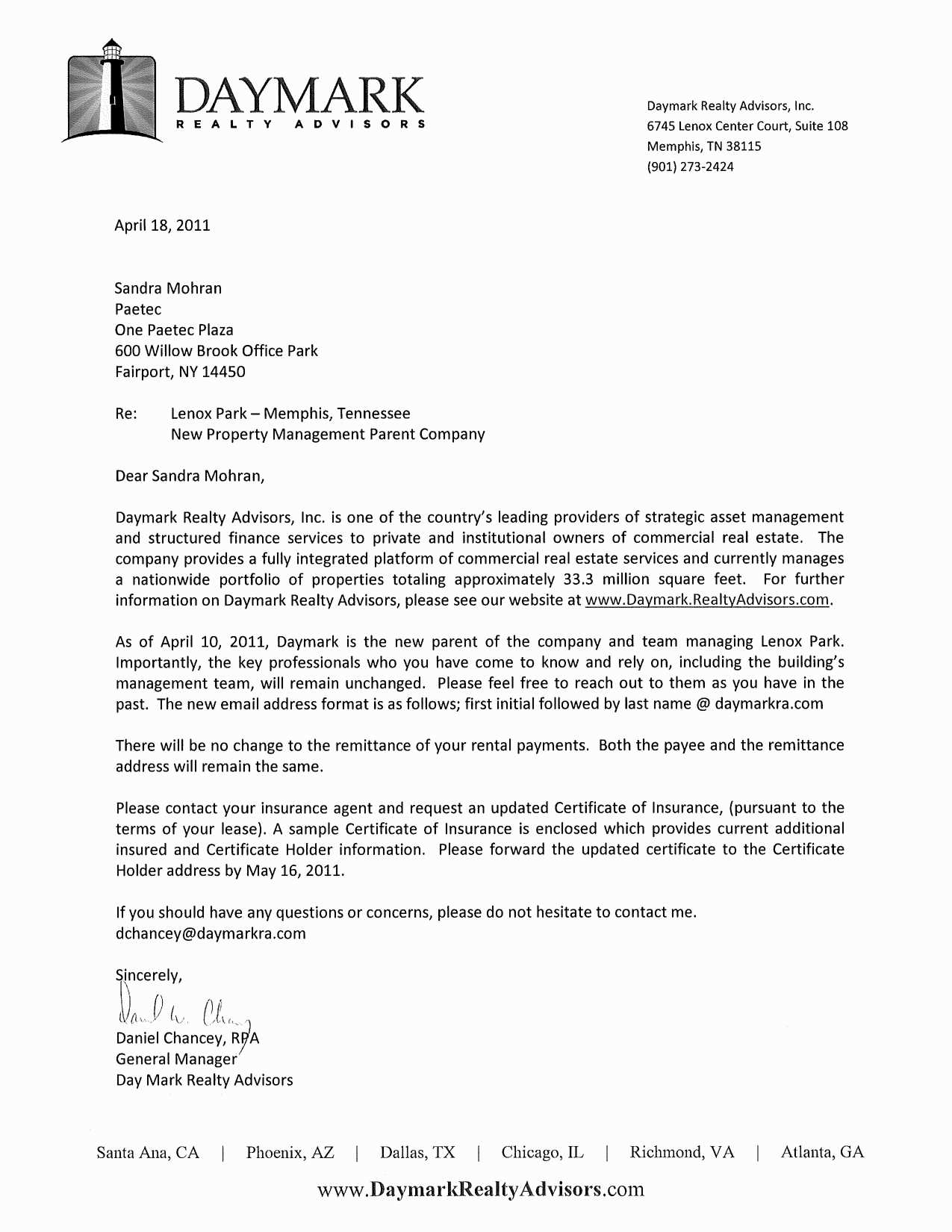
When an employee’s responsibilities are reassigned to a new supervisor, it’s essential to communicate this shift clearly. A formal notification plays a crucial role in ensuring that everyone involved understands the changes and expectations moving forward. Such a message should maintain professionalism while providing clarity on the upcoming adjustments.
Clear communication is the key to a smooth transition, whether you’re informing the employee or the new supervisor. Crafting a concise and informative message helps avoid confusion and sets the tone for future collaboration. It’s important to convey all necessary details without overwhelming the recipient.
By following simple guidelines, you can ensure that the communication is well-received and leads to a successful adjustment. The goal is to provide a sense of direction and purpose, while offering support for the transition process. The right approach can make all the difference in managing these changes smoothly.
Why You Need a Line Manager Change Letter
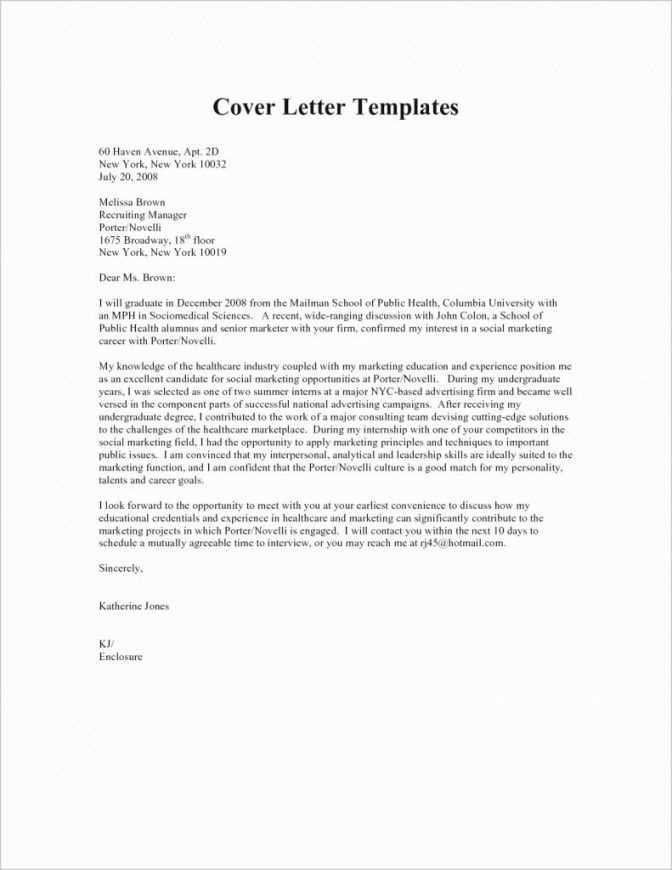
When a shift occurs in an employee’s reporting structure, formal communication is necessary to ensure clarity and alignment within the team. A well-crafted message helps set the stage for a smooth transition, reducing any potential confusion or disruption. This is particularly important when new expectations, roles, and responsibilities come into play.
Building Professionalism and Trust
Such communications establish a level of professionalism that reinforces trust within the organization. A direct, well-articulated note provides the employee with essential details about the new supervisory relationship and the objectives moving forward. It conveys that the transition is organized and backed by clear intentions.
Minimizing Misunderstanding and Uncertainty
Clear communication prevents any misunderstandings regarding the new arrangement. By detailing the change formally, all parties involved can manage their expectations and ensure that there is no ambiguity about the shift. This proactive approach fosters a sense of stability and promotes positive engagement in the workplace.
Key Elements of an Effective Letter
For effective communication regarding an employee’s transition to a new supervisor, certain key components should be included. These elements ensure that the message is clear, concise, and covers all necessary information. A well-structured communication helps avoid confusion and sets expectations for both parties involved.
Clear and Concise Language
The message should be direct and straightforward, avoiding unnecessary details. Clarity is crucial to prevent any misinterpretation. Keeping the language simple and to the point ensures that the reader fully understands the changes without feeling overwhelmed by excessive information.
Essential Information and Expectations
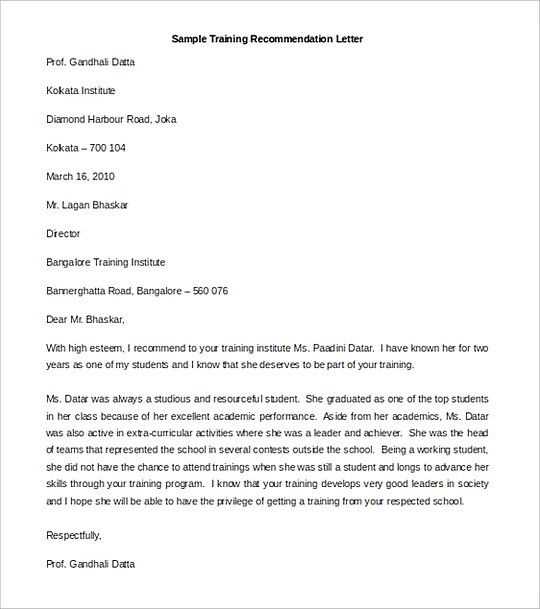
Including the core details about the new reporting structure, the reasons behind the shift, and the next steps helps the recipient feel informed. It is also important to outline expectations for the future, setting a clear direction. This provides the individual with the confidence that they know what to expect from the transition process and can prepare accordingly.
How to Address the Recipient Professionally
When conveying information about a shift in responsibilities, it’s essential to address the recipient in a way that reflects respect and professionalism. A well-structured and courteous approach sets a positive tone for the communication and ensures the recipient feels valued. This helps to foster a cooperative atmosphere during the transition.
Use Formal Greetings
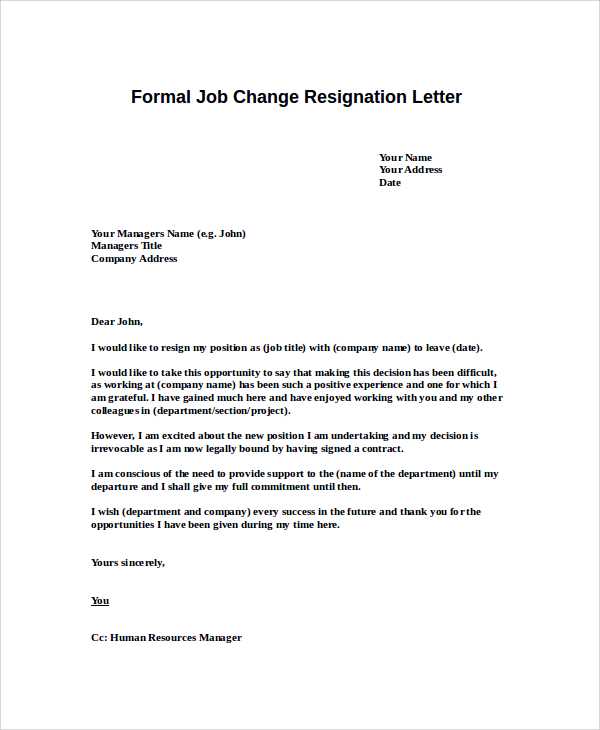
Start with a polite and formal greeting, ensuring that the tone aligns with the nature of the message. Depending on the relationship, you can address the recipient with:
- Dear [Name],
- Greetings [Title] [Last Name],
- To [Name],
Maintain a Professional Tone
Throughout the communication, it’s important to maintain a tone that reflects respect and clarity. Avoid overly casual language and ensure that the message remains focused on the subject matter. This will help the recipient take the content seriously and understand the importance of the information being shared.
Best Practices for Communicating the Transition
Effectively conveying a transition in leadership is crucial for ensuring that the process is smooth and well-understood. By following certain best practices, you can minimize confusion and maintain a positive relationship with the team. The goal is to communicate the change in a way that promotes transparency and trust while preparing everyone involved for what’s ahead.
Provide Clear and Timely Information
It’s important to notify the team as soon as the transition details are confirmed. This allows everyone to prepare and adjust accordingly. When communicating, make sure to include:
- The reason for the shift
- The expected timeline for the transition
- Any changes in responsibilities or tasks
Offer Support and Availability
Reassure employees that support will be available during the adjustment period. Providing clear contact points or channels for questions can ease any concerns. Acknowledge that transitions can be challenging and emphasize that you are available to address any uncertainties.
Common Mistakes to Avoid in Your Letter
When communicating a shift in leadership responsibilities, there are several pitfalls that can undermine the effectiveness of your message. Avoiding these common errors ensures that the information is conveyed clearly and professionally, while maintaining trust and respect between the involved parties.
Being Too Vague or Indirect
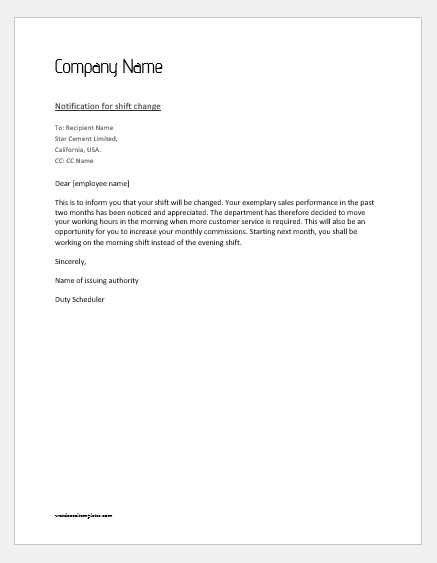
Avoid being unclear or overly vague about the changes taking place. Providing insufficient details can lead to confusion and uncertainty. Make sure to include all relevant information such as the reasons for the transition, the timeline, and any expected adjustments to roles or responsibilities. Be direct in your communication to prevent misunderstandings.
Neglecting to Offer Support
Another common mistake is failing to acknowledge the potential challenges that may arise during the transition. It’s essential to provide assurance and offer support for any questions or concerns. Reassure the recipient that they will receive guidance and assistance throughout the process, helping to reduce anxiety or uncertainty about the upcoming changes.
Formatting Tips for a Clear Message
Effective communication hinges not only on the content of your message but also on how it is structured and presented. Proper formatting can greatly enhance clarity and ensure that the recipient understands the key points without any confusion. A well-organized message helps guide the reader through the information smoothly and makes it easier for them to take necessary actions.
Use Proper Headings and Subheadings
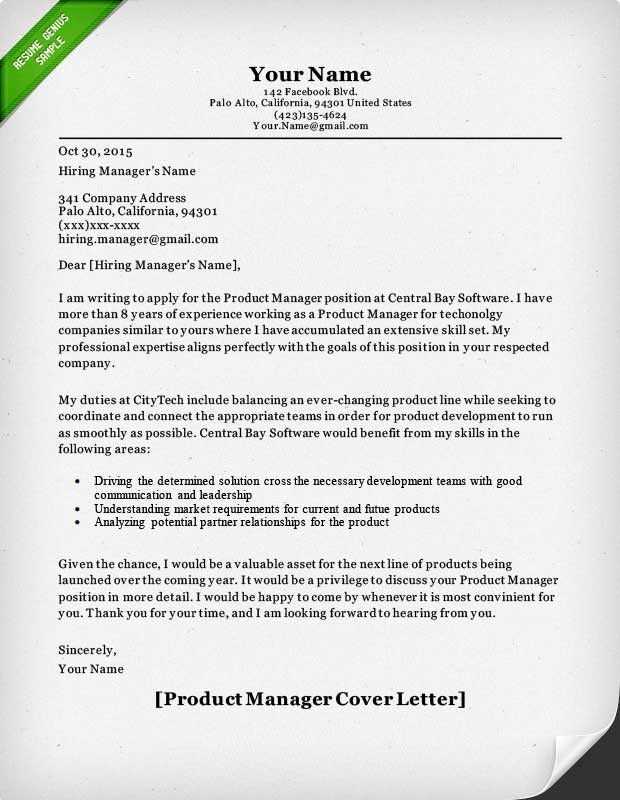
Breaking the message into sections with clear headings allows the recipient to quickly identify the key points. This structure is especially important when conveying multiple pieces of information or instructions. Each section should have a descriptive heading that signals its content, making it easy to navigate through the document.
Present Key Information in Tables
Tables can be particularly useful for presenting timelines, lists, or key facts that need to be compared or referenced. Organizing important details into rows and columns ensures that the information is easily digestible. Here is an example of how to format a simple timeline of the transition:
| Event | Date |
|---|---|
| Notification of Transition | February 1, 2025 |
| Effective Start Date | February 15, 2025 |
| First Meeting with New Supervisor | February 20, 2025 |